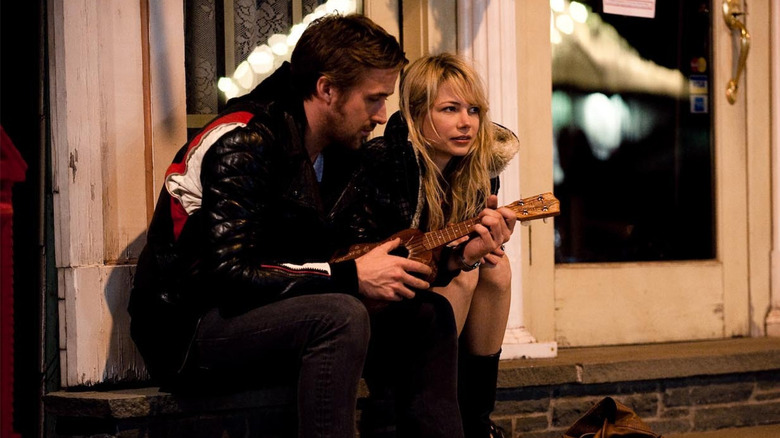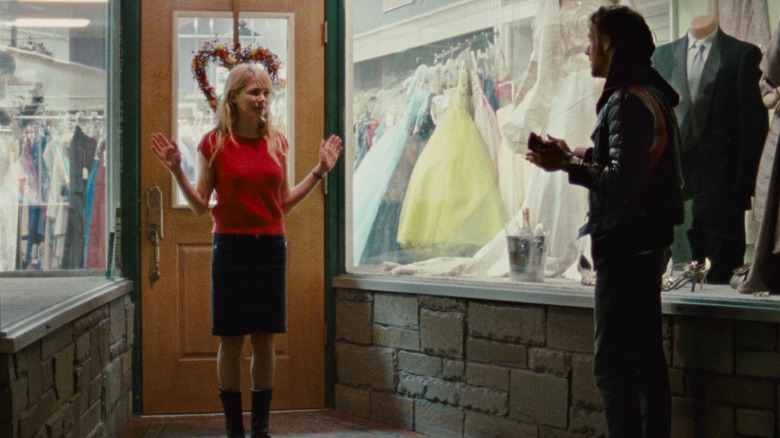Michelle Williams And Ryan Gosling Shot 12 Straight Hours Of Improv For Blue Valentine
Rehearsals are sadly not all that common in filmmaking. It is a business where time is a precious commodity, schedules are tight, and carving out time for a director to work with their actors prior to shooting has to be dispensed with. The first time they run the scene will be on the day of shooting, and they figure out the blocking and how it should be played in the moment. Some filmmakers certainly love this approach, thinking that spontaneity will always generate the best material, and it works wonders for those people.
I've done a little acting in my life, and the idea of going into a project without rehearsal makes absolutely no sense. The rehearsal space allows for you to try anything without the fear of it not working on the day of the actual performance. It is paramount in understanding the character you are playing and how you work with your director and fellow scene partners. When characters have a history or an intimacy with one another, I think rehearsal gives you this intangible feeling that the history truly exists. Just look at the work of Mike Leigh or even Martin McDonagh, whose latest film "The Banshees of Inisherin" had three weeks of rehearsal.
Derek Cianfrance understood the vital importance of history-building when he made "Blue Valentine." Though the film sported a tiny $1 million budget, he knew that having his leads Michelle Williams and Ryan Gosling build an entire multi-year relationship before cameras started rolling was necessary for that picture to be as emotionally raw and authentic as possible. Cianfrance also knew that if they had these characters deep inside their bones that he could put them in any situation and they'd know what those people would do, improvising their way through a scene.
Shooting without a plan
When we think about rehearsals, our first inclination is to imagine honing the beats of a scene, perhaps with script in-hand. But Derek Cianfrance wasn't really doing that. He was more interested in character and relationship than a scene itself. So on "Blue Valentine," their rehearsals would be entirely improvised. Speaking with Vanity Fair, Michelle Williams recalled their rehearsal process of how they could grow into those characters:
"Derek would set up these rehearsals for us where he would say, okay, now I want you to make a family budget, and now I want you to get into a fight, and now I want you to try and fix the kitchen sink. And now I want you to take your daughter to the playground, and now I want you to try taking her to the playground after you've had a fight."
For me, that method makes far more sense if your goal as a filmmaker is spontaneity. Cianfrance also knew that he wanted to be able to capture that energy on film, leading to him construct one particular night of shooting that was to be entirely improvised like these rehearsals. Williams continues:
"We had like a 12-hour dusk-till-dawn that we shot on these streets of upstate New York that was all improvised. And he sort of told Ryan and I to just, kind of, like stuff our pockets with things we might wanna come up with, but we had no plan. And then all of a sudden, we wound up doing each other's makeup and tap dancing."
This sequence is really the first time these characters get to know each other. Having that be spontaneous makes their courtship incredibly lovely (and amps up the tragedy later). Rehearsals can still produce something fresh. It's just a shame Hollywood movies can't make more time for them.

